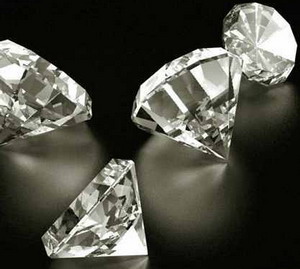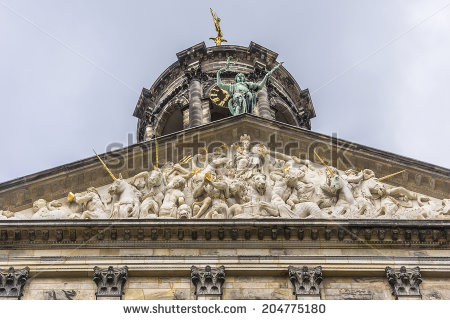Zebulon
We identify the Netherlands with the Tribe of Zebulon. Segments of other Tribes are also present alongside many who are probably not of Israelite descent.
See:
Zebulon
http://www.britam.org/Proof/geo/geoSeaZebulon.html
Genesis 49:
13 ZEBULUN SHALL DWELL AT THE HAVEN OF THE SEA; AND HE SHALL BE FOR AN HAVEN OF SHIPS; AND HIS BORDER SHALL BE UNTO ZIDON.
The expression translated above (from the KJ) as "THE HAVEN OF THE SEA" in Hebrew is "Chof [pronounced as "Hof"] Yamim" meaning at the seashores or at the shore of the seas. I/3 of Holland is below sea-level, another 1/3 is subject to periodic sea-flooding, i.e. 2/3 of the country needs protection (in the form of dykes, dams, etc) from sea-inundation, i.e. they are dwelling on the shores of the sea. In Ancient Times a people recorded by Ptolemy called Sabulingoi dwelt in the region of Northern Holland-Frisia. "Sabulingoi" in Hebrew means "People of Zebulon". There are numerous additional proofs (see our work "The Tribes") equating the Netherlands with Zebulon..
Amsterdam Diamonds
https://www.diamonds-business.com/amsterdam-diamonds
Amsterdam has an extended heritage in the diamond business, and has been a major European diamond center since Sephardic Jews introduced the diamond cutting industry in the later 16th century. Ultra-Orthodox Jews are still prominent in worldwide diamond marketing and distribution, and urban legend has it they hide diamonds in their beards to move them through customs without being detected.
|
Johan from Holland brought our attention to the Royal Palace at the Dam Square in Amsterdam. Built in the 1650s it has the figure of a ship at its top. The ship is the symbol of Zebulon (Midrash Bamidbar Rabah 2:5).
The facade at the top near the roof has depictions of unicorns. The unicorn may represent Joseph.
The Midrash (Bamidbar Rabah 2:5) says that the 'raem' (unicorn) was the symbol of MANASSEH.
See:
Unicorns Did Exist!!
http://www.britam.org/unicorn.html
The symbol of Amsterdam depicts a ship.
The symbol of the Dutch Republic was a ship.
|
Dam Square Royal Palace
The palace "is built on 13,659 wooden piles... that were driven deep into the sandy soil. It is a construction technique still necessary and employed today".
The ground over much of the Netherlands is in effect sea-sand. Zebulon of the Netherlands literally Dwells "on the Shores of the Sea" in more ways than one!
|
Main Page
|








